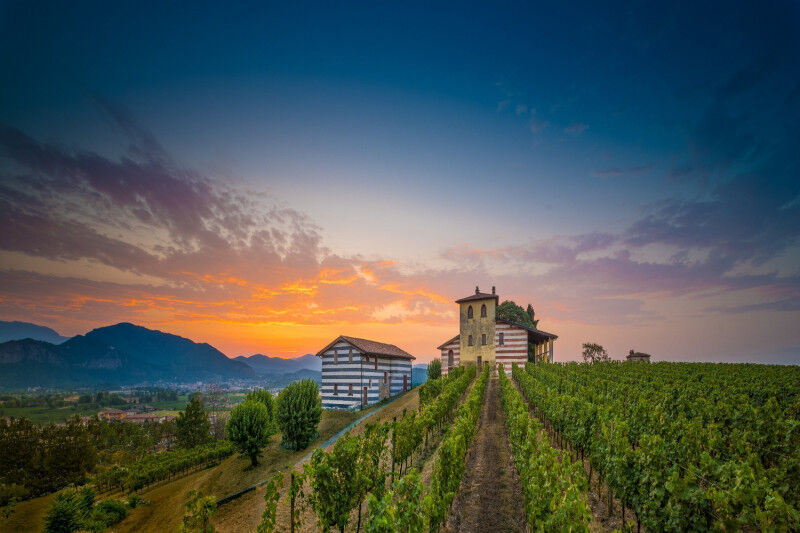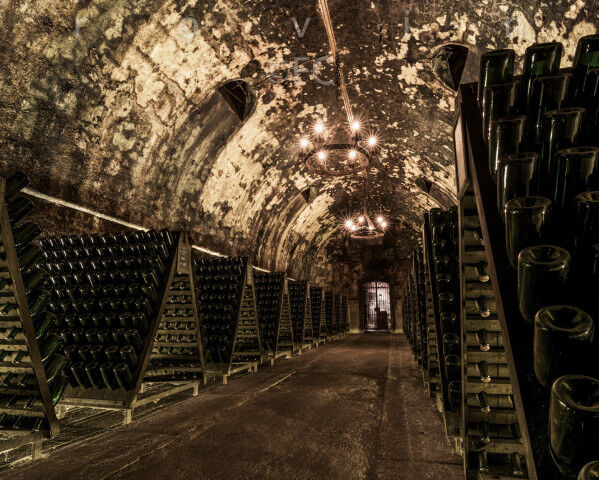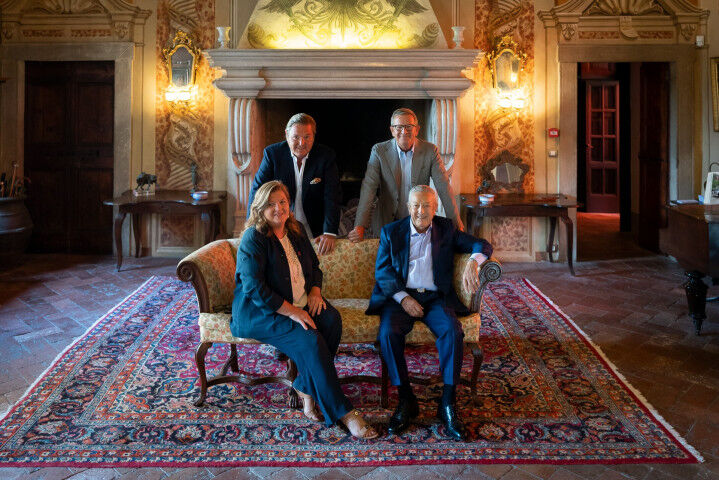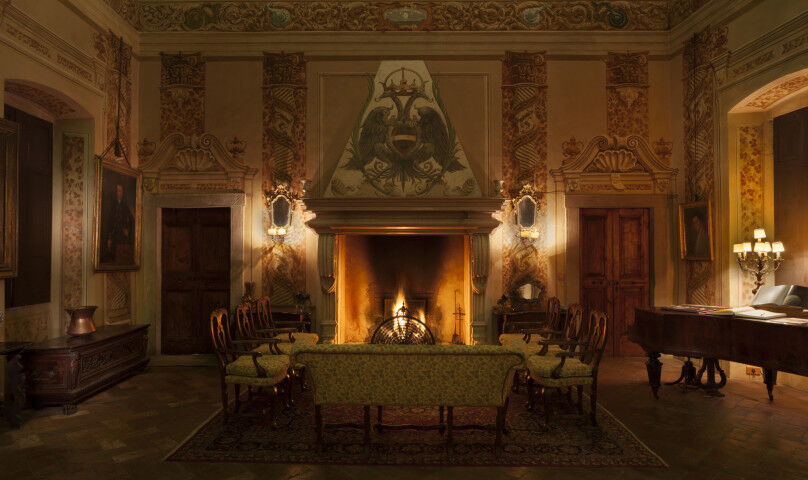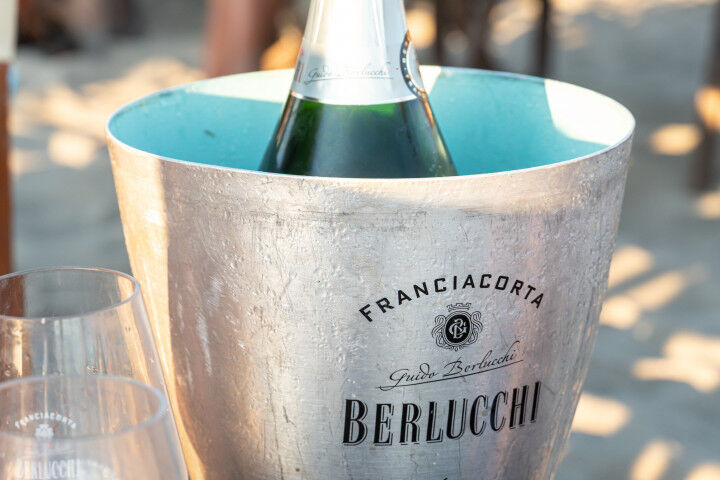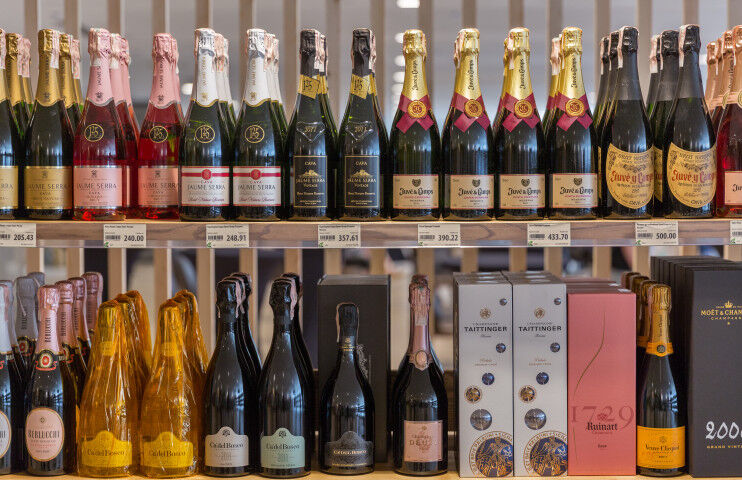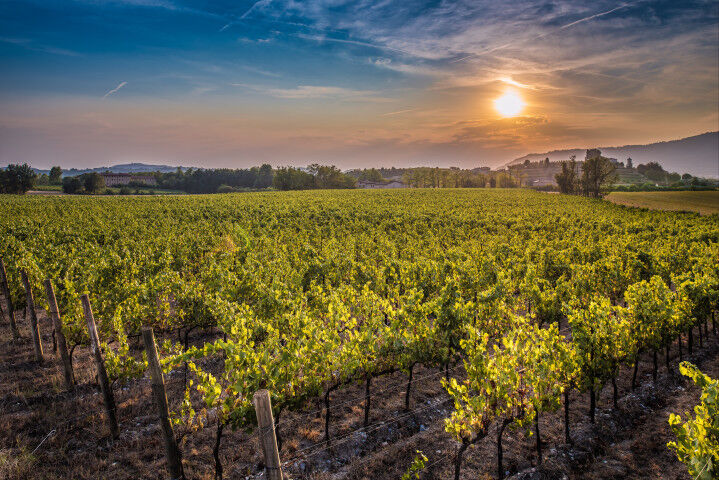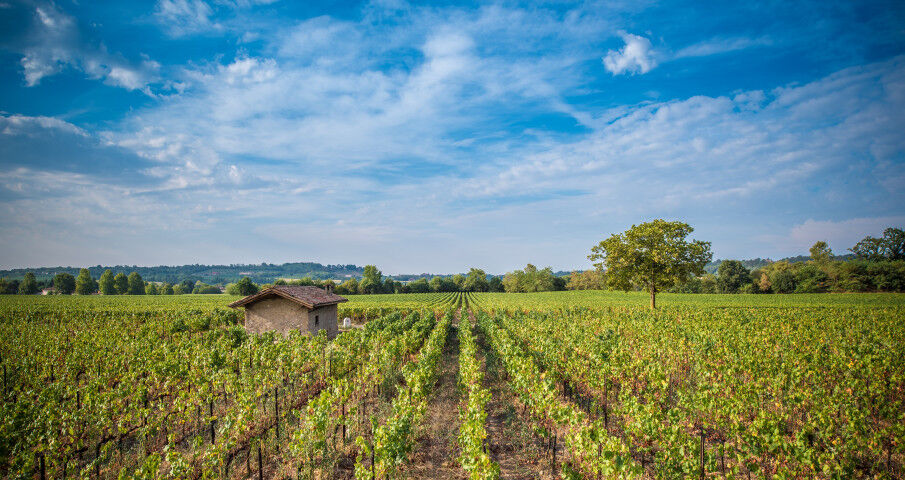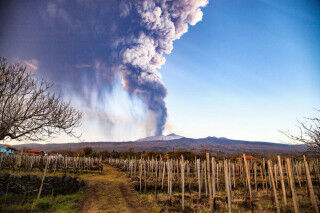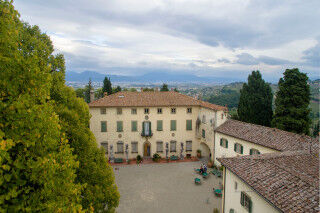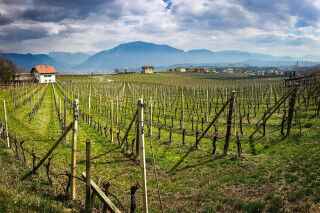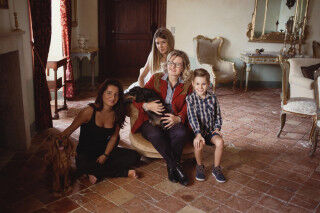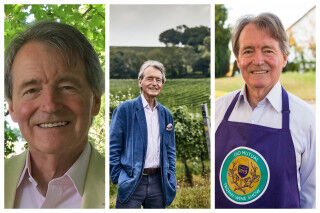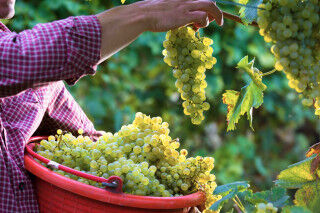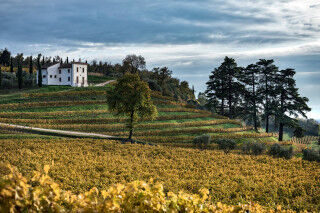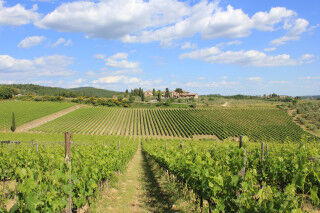Berlucchi Wine - Franciacorta
If history is in fact made up of sliding doors, and the “what ifs” of life, we could pose the following quandary to our readers: what would Franciacorta look like had it not been for the presence of Guido Berlucchi?
And who would Guido Berlucchi have become had it not been for Franco Ziliani? But the biggest question we have: would the Franciacorta we love today look and feel the same?
A history of Franciacorta wines
In truth, none of these questions have a straightforward answer. Instead, we open up a whole new world of maybes, including the possibility that Franciacorta would today be a land where still wines would be running the show. The sparkling elements we know today were in fact, introduced by the Berlucchi-Ziliani duo, and we have them to thank for their introduction of the Classic Method (Metodo Classico) to this region just outside of Brescia, which was primarily redoubted for their production of red and white wines.
And it is in fact, a white wine, Pinot del Castello, which Guido Berlucchi cannot stabilize, and this white wine which will prove to be the impetus wine for the beginning of Berlucchi’s bubbly adventure.
Franco Ziliani, who invented Berlucchi sparkling wine
It’s thanks to this inability that Palazzo Lana’s owner, Guido Berlucchi, requested assistance from Franco Ziliani, a young, dream-filled enologist with a life-long goal of planting the Metodo Classico “flag” in this region. Ziliani’s boyhood goal was indeed to produce a sparkling wine in the land of his birth, Franciacorta.
Ziliani’s prose must have been quite convincing, particularly considering his young age and recent graduation from the Alba enological school, and Berlucchi must have been armed with a particular vein of courage. Their future as collaborators on this sparkling wine project bode well, and in 1961, Guido Berlucchi & C. was established.
In just seven years of collaboration (beginning from 1955), the partners were already making waves and creating history: in 1961, they produced the first Pinot di Franciacorta produced with the Metodo Classico. In 1962, Max Rosè was born, Italy’s very first sparkling rosé wine.
Berlucchi - 1961 - 2021 - 60 years
Keeping our eyes on dates, let’s jump ahead for a look at 2021. In this year was celebrated the 60th anniversary of the Borgonato winery. This birthday is particularly relevant and significant for the entire wine region, as it recalls the massive enological phenomena of Italian wine, and celebrates the success the region has experienced by implementing the strictest production disciplinary of Metodo Classico in the world. It’s no coincidence that in 1995, this region was the first to earn DOCG recognition for sparkling wine in Italy.
Berlucchi: today
Today, Franco's children run the Berlucchi estate: Cristina, Arturo, and Paolo. The foresight of their antecedents remains firmly entrenched: a territory of low morainic hills, a climate mitigated by the vicinity of the Lake Iseo, and an ancient wine cellar burrowed underneath the foundations of Palazzo Lana all contribute to making Franciacorta and its wines unlike any other Italian region and selection.
Berlucchi: characteristics
Guido Berlucchi's wines have charismatically remained timely throughout the course of the past decades, and have consistently been a bridge between current trends and physical projects. This timeliness is a typical characteristic of the Franciacorta brand: modernity and the desire to constantly expand Franciacorta’s awareness, be it via new labels, cutting-edge partnerships, and This is one of the characteristics of the Franciacorta's brand, modernity, the constant desire to get involved in new labels, partnerships and trends in the world of wine.
Which is Berlucchi's most renowned wine?
Today’s flagship label of the Berlucchi Maison remains Palazzo Lana, neatly representing 6 decades of wine-making history. The winery’s most recognized bottle remains the Cuvée Imperiale vintage, available widely on the shelves in major grocery stores, and making its way into Italian homes and dinner tables during the holidays.
The perfect label of the Berlucchi estate is represented by Extreme, a reserve selection that spends a minimum of 9 years on yeasts during the production process. This renowned label is so appreciated that the 2009 vintage was just awarded 93 points by Wine Spectator in 2021.
Berlucchi, the history of Italian bubbles
The “naked and raw” bubbles instead find their ideal maximum expression in the Berlucchi '61 Nature vintages: a '61 Nature Blanc de blancs, a '61 Nature Rosé and a Berlucchi '61 Nature, with all vintages classified as Millesimato (a sparkling wine crafted from grapes all harvested in a single year), all wines maintaining a complete zero dosage (no sweet wine or fortification added to the base sparkling wine).
The fruit, be it Chardonnay or Pinot Noir, is the single protagonist of these wine selections. They are fresh and satisfying selections, maintaining a straight, direct line and experience.
If vintage and fun kitsch are what you’re in the mood for, the Berlucchi '61 range is your perfect match. The light-hearted, colorful approach these wines possess are a clear wink to the effervescent attitude of the 1960s as a general rule. This sparkling wine line includes a Brut, a Satén, and a 24-month bottle-aged Rosé selection for a public who is ever-more alert and educated about their search for top-quality wines produced in the Franciacorta wine region
Guido Berlucchi Leads Franciacorta towards the Future
The underground wine cellars of the Berlucchi estate are alone worth the trip to Franciacorta. The historical Berlucchi cellar is 10 meters underneath street level, and features an array of tunnels and great vaults. These pathways were entirely constructed around the Palazzo Lana’s central heart, dating back to the end of the 1600s. Riddling racks, or inverted V-shaped sparkling wine shelves dominate the cellars’ visual impact, and guide visitors’ eyes toward the niche at the very end of the tunnel system. Here, within the niche, the very first Berlucchi bottle, the “revolution with bubbles,” from the 1961 era is kept and displayed.
Berlucchi has undertaken a very transparent path to sustainability and environmental responsibility. The winery’s focus on environmental and social issues initially took shape in 2020 with the release of the winery's first Sustainability Report, largely believed to be the most accurate report of all of the Italian sparkling wine appellations.
Guido Berlucchi presents first sustainability report
The study, focusing on data from 2019 and onwards, was created in collaboration with the EY Sustainability and LIFEGATE. The study analyzes the Berlucchi’s approach to environmental practices by evaluating the effectiveness of improvements and modifications the winery has undertaken on its 85 hectares of privately-owned vineyards, and the the 450 hectares of its partners’ vineyards.
Assessments include the findings of Berlucchi’s attempt to slow down soil depletion with cutting-edge experimental techniques, the Berlucchi producer’s battle against climate change with new enological approaches, the incorporation of more appropriate indigenous grape varieties such as Erbamat, and the reduction of resource consumption.
The Berlucchi estate also decided to dedicate resources towards improving upon at-risk social issues. Thanks to this focus, the Academia Berlucchi project kicked off in 2019. Here, the program for educational Hospitality was created at the winery’s historic headquarters, with the goal of encouraging the “Destination Franciacorta,” program.
A program of Corporate Social Responsibility was also created by the Berlucchi Academia, with training and reconnection with nature as primary directives within the initiatives. The end goal of the Berlucchi efforts are to restore value to these invaluable wine lands, and to help usher in a new generation of enthusiastic, passionate new winemakers and wine lovers.
You might be interested in:
